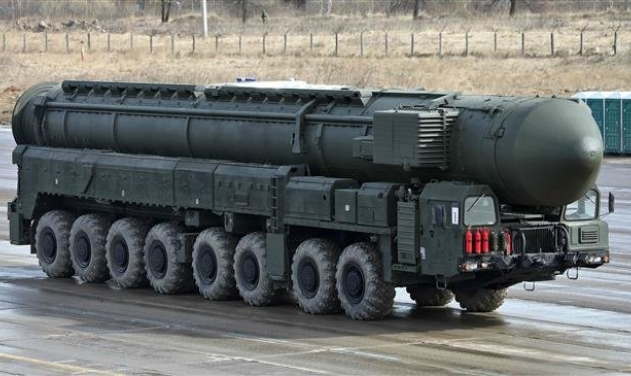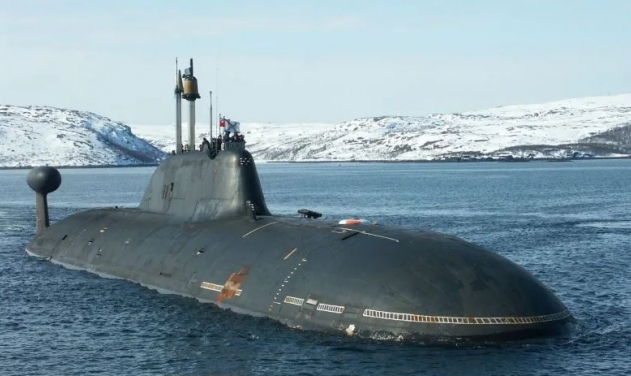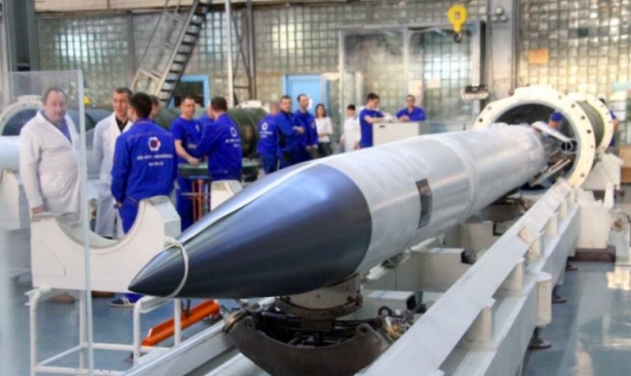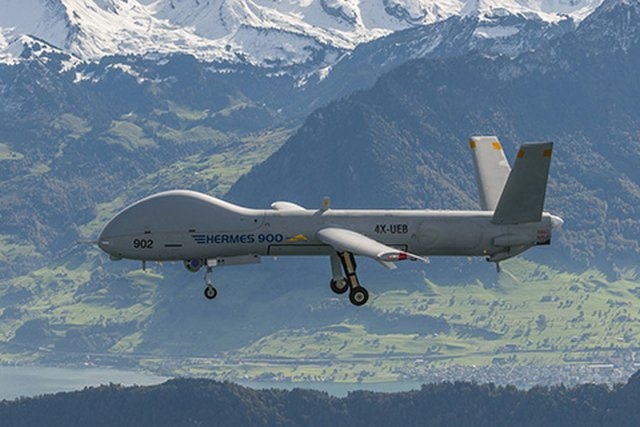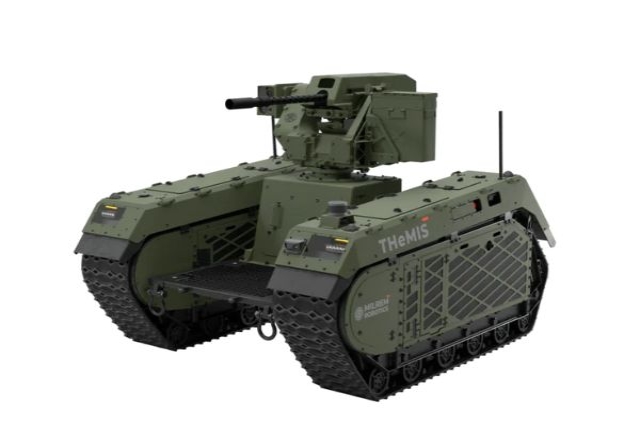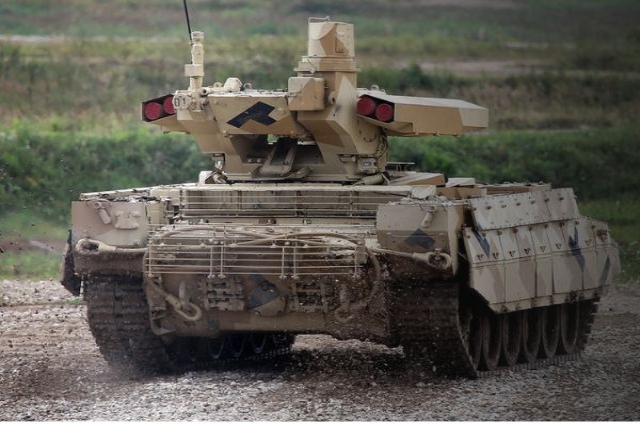Russian TsAGI Developing Arctic Transport Single-rotor High-speed Helicopter
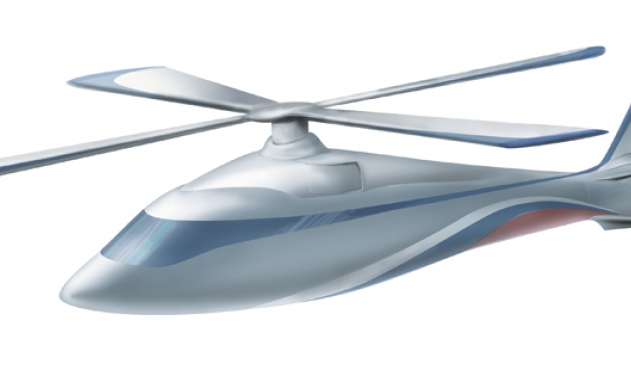
Russian Central Aerohydrodynamic Institute (TsAGI) is studying flying conditions in Arctic to develop a single-rotor perspective high-speed helicopter with jet system for transport.
TsAGI has developed a number of conceptual projects for a high-speed single-rotor helicopter for use in medical, rescue operations and maintenance of oil-producing platforms remote from the coastline or ships passing along the Northern Sea Route, the company said in a statement Monday.
In order to reasonably formulate requirements for speed, range and payload of an aircraft and finally determine its appearance, TsAGI specialists today are studying a set of conditions. This includes the specifics of the use of air ambulance in our country and abroad, the natural and infrastructural specifics of the regions of the Far North, as well as regulatory documents and standards related to the provision of emergency medical care.
“The provision of emergency medical care should be carried out in accordance with the standards, the implementation of which allows to guarantee a high probability of recovery of the patient. According to the standard for the arrival of ambulance is given 20 minutes. The time spent on delivery of the patient with the threat of his life in the hospital should not exceed two hours. If we are talking about the Arctic zone with a very low population density or areas of oil and gas extraction that are very remote from the coast, then we must take into account that the maximum range of a helicopter flight can be over 1000 km. All this testifies to the fact that it is impossible to do without high-speed rotary-wing aircraft in air ambulance,”said the deputy head of the department, head of the system research system in the field of air transport at the TsAGI, Andrey Smirnov.
The next stage of this work will be the creation of a software package for modelling rescue, medical aviation operations on land and sea to assess the effectiveness of technology development of high-speed rotary-wing aircraft.
